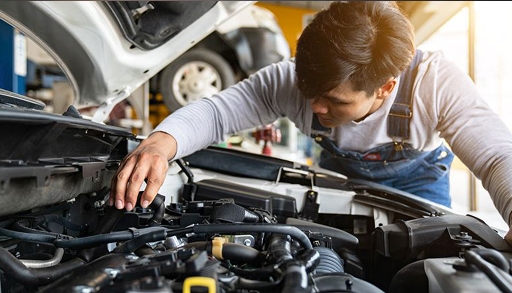
Manual Transmission was earlier the preference, but it’s changing.
The share of automatics in India was less than 5% three years ago in passenger vehicles whereas in China its about 50% and in the evolved markets of US, Japan or Korea, it is as high as 80-90%. While India has been a slow starter in the space, the share of automatics is quickly increasing and likely to reach about 40% in 5 years time.
Indian car buyers are price sensitive and mileage conscious. Manual transmission version of the same car is cheaper and also gives better mileage than its automatic version. So people preferred the manual version.
However with the introduction of AMT i.e. Automated Manual Transmission the price premium over manual cars comes down to as low as Rs 40,000 and also with a minor difference in the mileage vis-s-vis manual version, is driving people to opt for automatics.
Peoples Searches
>>which is better automatic or manual cars
>>which is better automatic or manual cars in india
>>manual vs automatic fuel efficiency
>>disadvantages of automatic cars
>>manual and automatic transmission in one car
>>difference between manual and automatic transmission system pdf
>>manual vs automatic pros and cons
Other aspects are
Taxi and cab operators prefer manual transmission owing to cheaper initial cost and lower maintenance.
For Self driven cars in cities, choice automatic is rapidly increasing.
3. Cars below 12 lakhs the manual version accounts for more than 90% of sales. But for cars above this price the automatic versions account for 30 to 50% of sales varying between manufacturers.
4. In SUVs the manual is preferred, though the automatic share is rising.
If you had asked me this question a few weeks back I probably would give you some thing about enthusiasm or how Automatics aren’t as good as Manuals.
Coming to India, we are an extremely fuel sensitive market, today more than ever. It’s a simple law that a smaller engine pushing out less power will give better efficiency. A larger engine, churning more power will give a lower fuel economy. This has largely been the reason why most auto manufacturers have small capacity lower power cars in India.
Now to make the most out of those few horses under your hood, you really need a manual transmission. A traditional automatic transmission requires a lot of power to feel lively. Our Indian spec cars would feel really laggy with traditional automatics.
As we know today, some Maruti cars now offer AMT transmissions on their vehicles. I speak from personal experience when I say that these cars really don’t feel like automatics. I have the WagonR Automatic and it really needs to pull the engine hard to get up to speed and the shift times aren’t inspiring either.
Now coming to traditional automatics such as torque converters, these offer extremely high performance feel but give really low fuel efficiency. This again isn’t something the Indian Market is open to. You lose upto 5 km/l on a diesel SUV like the Tata Hexa or Mahindra XUV 500 when switching from a manual to an automatic.
DSG’s and CVT’s are some of the best automatics, which have extremity low shift times and while CVT’s are notorious for the rubber band feel, DSG’s just feel down right amazing. These gearbox’s are known to be unreliable and although technology has progressed to a point where these will serve a lifetime without any niggles, people distrust them.
